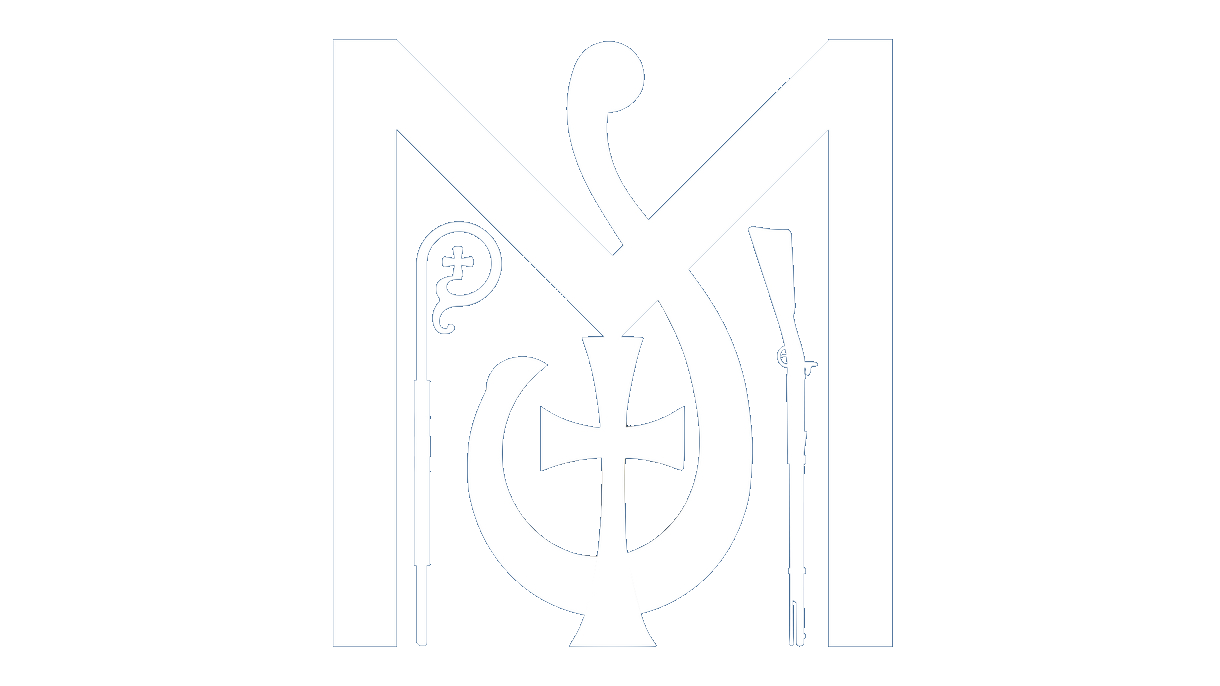Geography
Martin was made Bishop of Tours, in modern day France, on July 4, 370 CE. He was known to avoid the urban center, preferring to reside in a series of caves across the Loire River about two miles from the cathedral. Many disciples were attracted to Martin, and made these caves their homes too, with the cluster of cells eventually becoming the foundation for the historic Marmoutier Abbey. Martin spent the final 27 years of his life serving the people of Tours, and is his final resting place, and this is why he is known as Martin of Tours.
But according to his biographer, Martin was born about 1800 kilometers away in modern day Hungary. At the time it was known as Pannonia, a remote province of the Roman empire where his father was stationed at the time of his birth in 336 CE.
By the time Martin was 15 years old, in 351, he entered military service as a Prætorian Guard protecting the life of emperors. Face years later, In 354, Martin found himself on a bitter cold winter campaign in Amiens. It was there that he split his government-issued cape in half to share with a freezing beggar. That night in his dreams, Jesus spoke of his good deed to all the hosts of heavens saying ‘Martin here, not even baptized, has clothed me.’
Martin ran off to be baptized the next morning, despite Christianity being somewhat unpopular at the time. Contrary to popular belief, he remained in the military for several years. In 356 Martin found himself on the front lines of battle with Cæsar Julian near the Roman fort at Argentoratum. As recorded by his biographer, Julian had brought his imperial guard out of vanity, not realizing the threat posed by the barbarian tribes. To bolster their morale on the eve of battle, Julian lined them up to offer them a bonus, since combat was not their typical responsibility. But when he came to Martin, the soldier refused to go beyond his assigned duties of protecting the Cæsars by waging violence indiscriminately in battle, saying “I am the soldier of Christ: it is not lawful for me to fight.”
For his insubordination, Martin was locked up and accused of cowardice. His biographer places this encounter in 356 CE, when historians have shown that Julian engaged the Alamanni tribal confederation in the Battle of Strasbourg.
Following his confrontation with emperor Julian, Martin was discharged dishonorably and denied the typical plot of land and sum of money granted to veterans following their service. Instead, Martin sought out the most widely known theologian of the time, Hilary of Poitiers, to continue his formation as a Christian. While being discipled by Hilary, Martin set up the first of several monastic communities, in Ligugé. Despite the encouragement from his catechist, Martin did not feel qualified to be a priest since he had spent so much time in armed service. He agreed to be made an exorcist (a lay position that assisted with instructing people wishing to be baptized), and spent the next 14 years wandering central France ministering to the rural poor before being drawn into urban ministry against his will in 370.
Martin served Tours from his cave in Marmoutier for 27 years as Bishop, without ever having been ordained. He died in the small village of Candes at the ripe old age of 61 years old. In a final act that certainly defied Martin’s wishes, the urban elite stole his body from the small chapel where he died and brought him to Tours for burial, to be ‘deposited into the earth,’ on November 11, 397. To this day, the eleventh day of the eleventh month is known as Martinmas throughout Europe.







